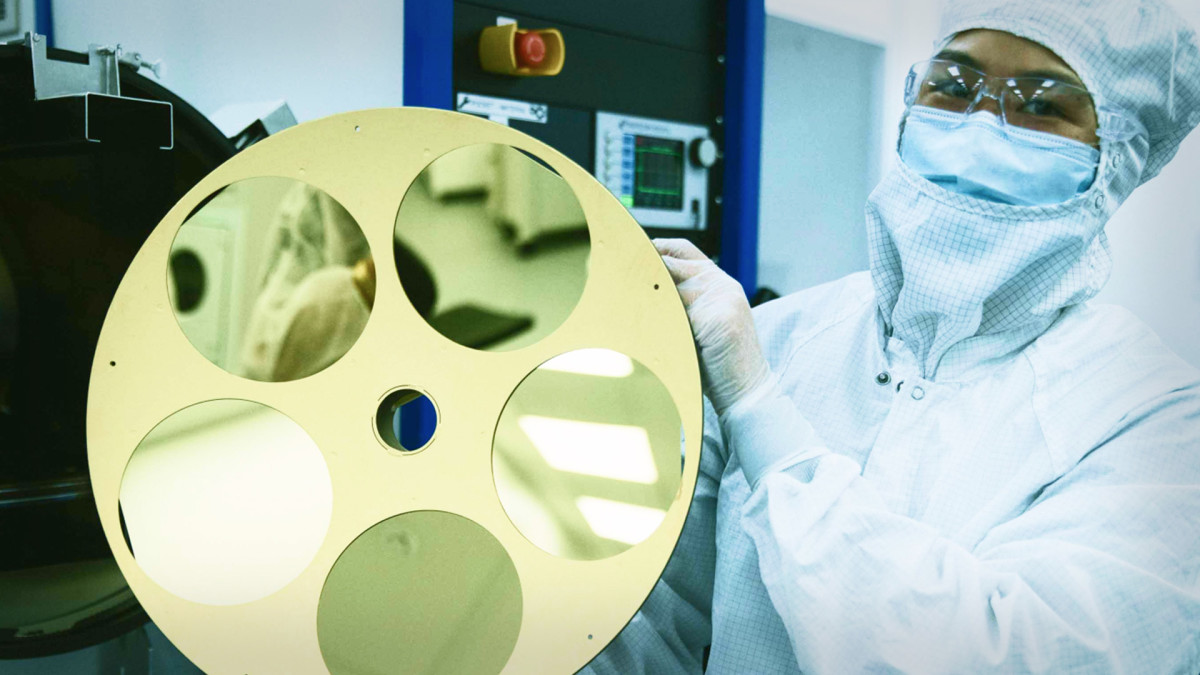
Elon Musk's Neuralink implanted a chip in its first human patient in January. The startup develops brain chips designed to enable individuals to utilize their neural signals to control external technologies. Leah Croll, an assistant neurology professor at Temple University, joined TheStreet to break down the intricacies of this process as well as who would benefit from the device.
Related: Meet Neurosoft, the company that's achieving Elon Musk's dreams
Full Video Transcript Below:
J.D. DURKIN: So Elon Musk's one of his many ventures. Neuralink has successfully implanted a device in a human patient. Please help me better understand this. Can you break down how big of a deal this actually is?
LEAH CROLL: It does sound a little bit like a mad science experiment, but I would say this is a pretty big deal. I want to be clear, it's not a big deal tomorrow, but in the foreseeable future, in the next few years or so, this could really revolutionize the treatment options we can offer to patients with neurologic diseases. And really briefly, I'll just mention that the main innovation with Neuralink is its little chip that's quite small and gets implanted inside the brain to translate brain signals into actions outside of the body.
J.D. DURKIN: So let's walk through the, I suppose we'll call it the patient side of this. I'm probably like most people, Leah, I have no idea how this works. What is the actual procedure or surgery look like and what is the impact like as far as you understand it on the person who receives this type of device?
LEAH CROLL: Fantastic question. So like I said, Neuralink is a small chip. They have to drill a tiny hole into the skull in order to implant that chip in the right spot in the brain. So this is brain surgery, and that's a big deal, which means at first, you know, with this first trial, we're really looking for safety. We really want to make sure that patients are not experiencing undue complications from that procedure, that the chip itself is not interfering with the normal brain function or damaging surrounding brain tissue. So that's the number one thing we're looking out for right now. But once that chip is implanted and ready to go, what it does is it functions like a specialized sensor called an electrode. And it picks up on the electric signals that our brain cells are constantly sending to one another. And then those signals get read and translated into some action outside of the body. In the case of Neuralink specifically, we're talking about the ability to control a computer or a smartphone.
J.D. DURKIN: And who are the types of patients, the type of recipients or people who would qualify in the long run for this type of procedure?
LEAH CROLL: Right now, Neuralink is focusing on people who are paralyzed, who have lost use of their limbs that can come from traumatic brain injuries, traumatic spinal cord injuries, strokes, ALS, MS, I mean, the list really does go on. And I also want to throw in here that Neuralink is not the only player on this field. There are other companies and research groups that are doing similar stuff. And so other groups are focusing on different types of neurologic compromise, in particular speech.







